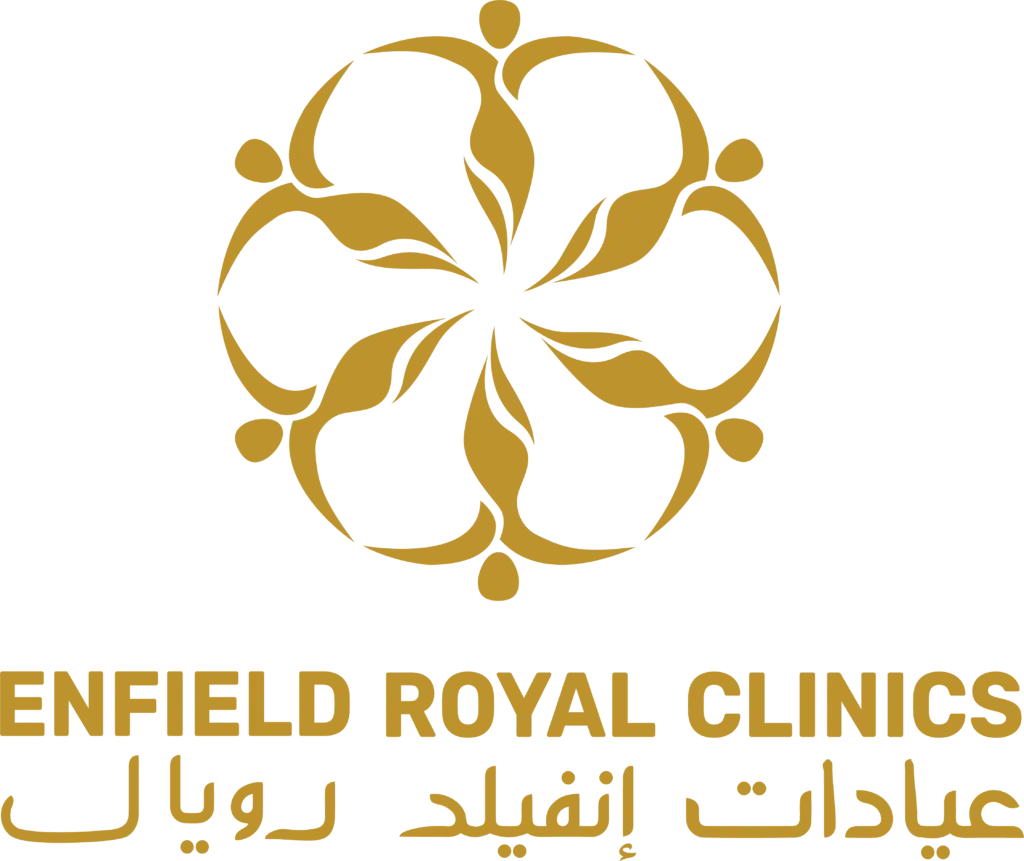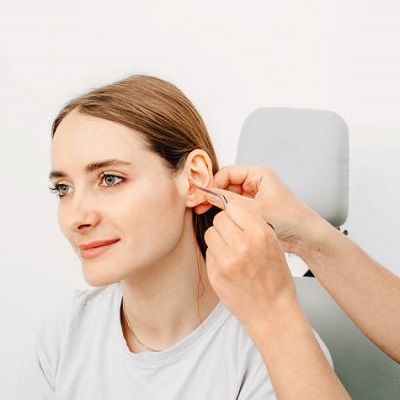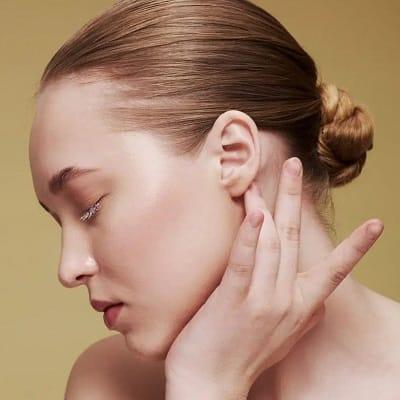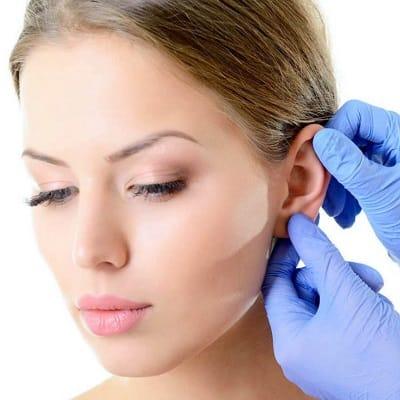You may be dissatisfied with how your ears look or regret previous piercings. Moreover, you can think that your face looks out of proportion because your ears are excessively big or protrude. However, with the least danger and recovery time, ear surgery may successfully address your problems. Thus, otoplasty, another name for ear reshaping, is a procedure that can reshape or decrease the size of your ears. Further, such therapies aim to make them more proportionate and symmetrical to your face. Fortunately, for anybody wishing to improve the appearance of their ears, ear reshaping is a safe and dependable choice.
Moreover, it is a technique to modify the ears’ size, location, or form. Additionally, the objective may be to move the ears closer to the sides of the head or to make them more symmetrical and proportionate to the face, depending on the particular patient. Similarly, the ultimate purpose is to provide a more natural look if there is a malformation. However, understanding different ear-reshaping techniques helps you choose the best technique.
Understanding Different Ear Reshaping Techniques
One of the most common cosmetic ear surgery techniques for changing the size or form of the ears is otoplasty.
Although most patients are in the pediatric range, anybody of any age may have their ears transformed. Adult patients may confidently explore otoplasty at any stage of life if they want to improve the appearance of their ears or address common ear abnormalities.
Kinds Of Ear Sizes and Shapes Otoplasty Can Treat
- Prominent Ears: Also known as “bat ears,” these ears stick out distinctly from the sides of the head.
- Constricted or Stahl’s Ears: The characteristic of constricted or Stahl’s ears is a pointed or folded upper ear rim.
- Lop or Cupped Ears: Ears that seem flattened and do not have the usual folds and curves.
- Macrotia: The term for very enormous ears that are out of proportion to the rest of the face.
- Cryptotia: The condition known as cryptotia is when the scalp completely or partly covers the top section of the ear.
- Asymmetrical Ears: Disproportions in the location or form of the ears may cause self-consciousness.
Because ear shapes and sizes vary so much, your specific condition, anatomy, and cosmetic objectives will play a major role in your surgical approach.
Advantages of Different Ear-Reshaping Techniques
Modern approaches to ear correction have the following:
- Minimally Invasive: By using smaller incisions, modern procedures lessen surgical stress and lead to less discomfort, less scarring, and a quicker recovery period.
- Practicality: Patients may have a more convenient post-operative experience with absorbable sutures since they do not need removal.
- Increased Accuracy: Modern otoplasty produces more predictable and visually beautiful results because of the increased accuracy and use of specialist equipment and procedures in reshaping the ear.
Preparing for an Otoplasty
You should thoroughly consult a board-certified plastic surgeon before the otoplasty treatment. During this discussion, the physician will:
- Examine Your Ears: The surgeon will examine the symmetry, size, form, and any underlying problems that could impact the surgery.
- Talk About Expectations: You will discuss your expectations for the procedure and objectives. To guarantee patient happiness, realistic expectations are essential.
- Medical History: The surgeon will review your medical history to see any possible dangers or contraindications.
- Procedure Specifics: The surgeon will review the recommended surgical methods, available anesthetics, and the expected length of recovery.
Recovery from Ear Reshaping Treatment
- Every patient experiences recovery differently, and the healing process happens in phases.
- After the procedure, you will be brought into a recovery room for careful observation.
- Patients may usually return home a few hours later. However, some choose to remain overnight or for a few days.
- Immediately after surgery, your head will be covered with a large bandage for optimal healing and shaping.
- For a few days, the ears can throb or hurt a bit, but your surgeon can prescribe medicine to ease any pain.
- You will need to sleep on raised pillows, not on your side, for a week or more to prevent pressure on your ears.
Conclusion
Ear reshaping is a profession that combines function and creativity, offering various techniques for cosmetic and functional balance. The choice of ear reshaping is personal, with various options available for non-surgical improvement, rectification of abnormalities, or achieving a more proportional appearance. Working with industry experts ensures the chosen method fits each person’s goals. Ear reshaping not only enhances the outward features of the ears but also boosts self-esteem and overall well-being.
If you are considering undergoing ear reshaping treatment in Islamabad, Enfield Royal Clinic has the best surgeon to meet your needs professionally. With the help of the latest techniques for ear reshaping, surgeons will make a customized treatment plan for you.






Leave a Reply